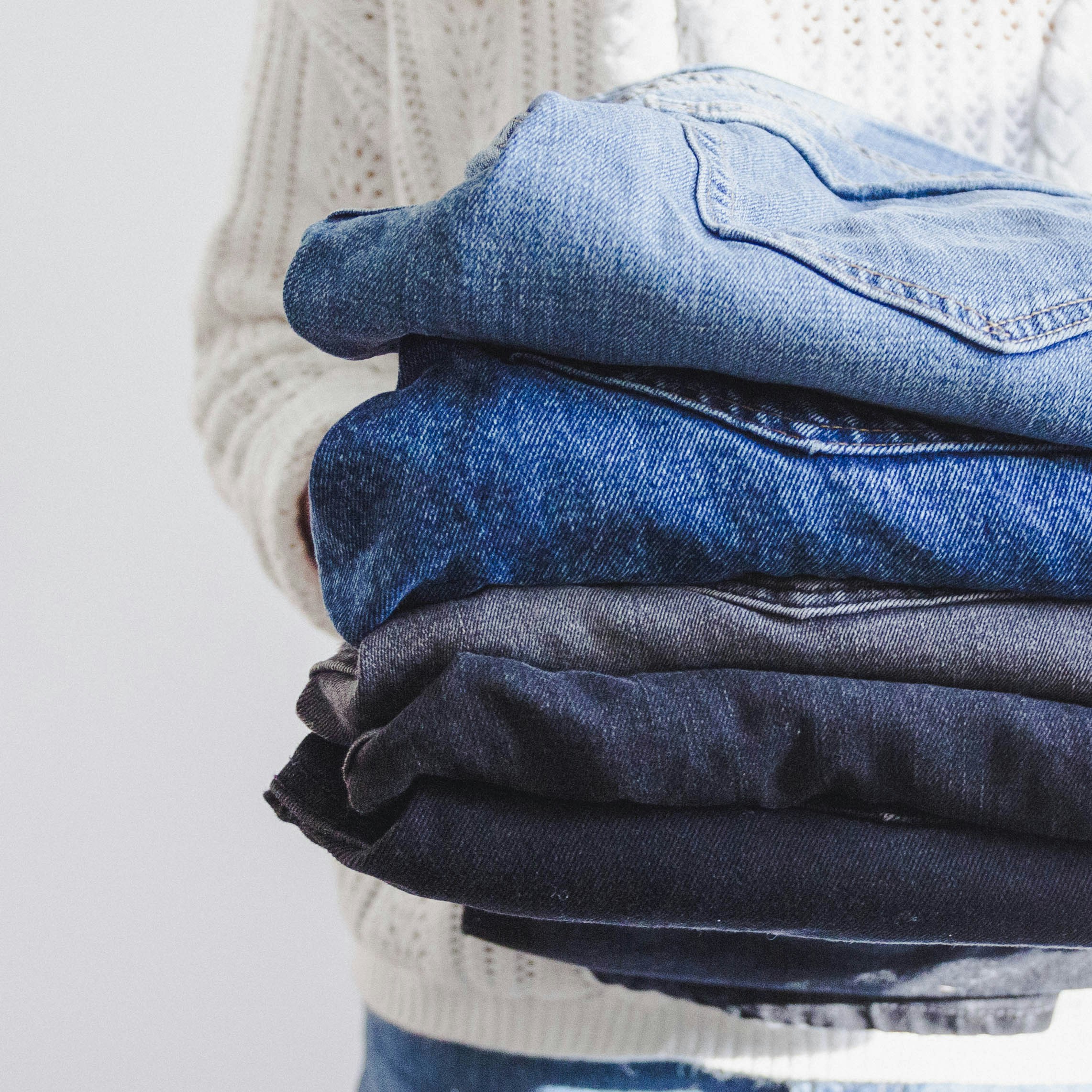Understanding Your Body Shape
Understanding your body shape is crucial when it comes to selecting the perfect pair of jeans. Different body shapes typically correspond to the proportions of the bust, waist, and hips. The common body shapes include apple, pear, hourglass, and rectangle. Recognizing your unique silhouette can guide you toward jeans that highlight your best features and provide a flattering fit.
The apple shape is characterized by broader shoulders, a fuller bust, and less-defined waistlines. If you have an apple body shape, opt for jeans that provide structure and support around the waist while showcasing your legs. High-waisted styles or tailored straight-leg jeans can create balance and emphasize the lower body.
The pear shape features a smaller waist with wider hips and thighs. To complement this body type, consider bootcut or flared jeans that gently fall over the hips, elongating the legs and providing a feminine silhouette. Brands often include size guides that illustrate how their various styles fit different shapes, which can be incredibly helpful when shopping.
The hourglass shape is defined by a well-proportioned bust and hips with a narrower waist. Individuals with this body shape should look for jeans that accentuate their curves, such as high-waisted skinny jeans or fitted styles that hug the waist. These cuts help to enhance the natural curves and can create a polished look.
Finally, the rectangle shape is characterized by similar measurements across the bust, waist, and hips. For this body type, jeans that create curves, such as boyfriend jeans or those with embellishments, are recommended. They help to add shape and dimension, making the overall look more balanced.
Measuring your own dimensions can provide valuable insights into your body shape. Take note of your bust, waist, and hip measurements to determine where you fall within these common categories. Various online size calculators can support you in this process, and understanding these proportions can ease the shopping experience, ensuring you select jeans that truly fit your body type.
Denim Fabrics and Fits: A Comprehensive Overview
When searching for the perfect pair of jeans, understanding denim fabrics and fits is crucial. Denim, a sturdy cotton twill fabric, comes in various blends, weights, and designs, impacting both style and comfort. One significant distinction in denim is between stretch and non-stretch varieties. Stretch denim typically incorporates elastane, allowing for greater flexibility and a snug fit that conforms to the body’s shape. This feature can enhance comfort, particularly for styles like skinny jeans, where a close fit is essential. Non-stretch denim, on the other hand, often has a more rigid texture that can create a classic look but may be less forgiving in terms of mobility.
The wash of the denim also plays a vital role in its overall aesthetic. Options range from light to dark washes, with each presenting unique vibes. For instance, dark wash jeans tend to offer a more polished appearance, making them suitable for casual and semi-formal settings. Conversely, light washes evoke a laid-back, casual feel, often preferred in warmer climates or during summer. Additionally, finishes like distressed or raw denim add character to the jeans. Distressed denim displays intentional fraying or fading, creating a worn-in look, while raw denim is unwashed and untreated, allowing it to age uniquely over time.
Denim fits vary greatly, affecting how jeans drape on the body. Common styles include skinny, bootcut, flare, straight, and boyfriend jeans. Skinny jeans embrace the body’s contours, providing a sleek silhouette ideal for pairing with longer tops. Bootcut jeans flare at the hem, balancing proportions and complementing different footwear. Flare jeans originate from the 1970s and add vintage flair, while straight jeans offer a timeless aesthetic that works for various body types. Finally, boyfriend jeans present a relaxed fit, often associated with comfort and versatility. Understanding the nuances of denim fabrics and fits will ultimately empower individuals to select the ideal option aligning with their lifestyle and comfort preferences.
The Art of Trying on Jeans
Finding the perfect pair of jeans can often feel like an overwhelming task, but with effective strategies, the process can be significantly simplified. One of the most critical steps in achieving this is to thoroughly assess the fit during the trying-on phase. Begin by checking the waist fit; the jeans should sit comfortably without digging into the skin or gaping at the back. A well-fitted waistband is essential, as it provides the foundation for a flattering silhouette.
Next, consider the rise of the jeans. The rise refers to the distance from the crotch to the top of the waistband. Different styles are available, such as high-rise, mid-rise, and low-rise, and the key is to find one that suits your body type and personal preference. A high-rise style can create a longer leg line, while mid-rise options often provide a balance of comfort and coverage.
The leg length is another vital factor. When trying on jeans, ensure they reach the desired point on your ankle, factoring in how they look with the shoes you intend to wear. Moving around in the jeans is equally important; sit, bend, and walk to evaluate ease of movement. The jeans should feel comfortable and allow full mobility without restriction.
To enhance your fitting experience, it is advisable to bring the right shoes and tops that complement the styles you are considering. Additionally, enlisting a friend to provide a second opinion can be invaluable, as they may notice fit details that you might overlook. By applying these strategies while trying on jeans, you can better gauge the overall comfort and style, leading to a more successful shopping experience.
Caring for Your Jeans: Maintenance and Alterations
Caring for your jeans is crucial to ensuring their longevity and maintaining their flattering fit. Denim, being a sturdy and durable fabric, requires specific care routines to prevent wear and tear while preserving its original look. When it comes to washing, it is advisable to wash your jeans infrequently; this can help prevent fading and maintain the integrity of the fabric. When washing becomes necessary, opt for cold water and a gentle cycle. It is often recommended to turn jeans inside out to safeguard the outer surface against abrasive elements. Moreover, using a mild detergent free of harsh chemicals can further aid in preserving the quality of the denim.
Drying techniques also play a pivotal role in maintaining jeans. Air drying is the preferred method, as it helps prevent shrinkage and retains the shape of the jeans. If you choose to use a dryer, select a low heat setting and remove the jeans while they are still slightly damp to mitigate extensive shrinkage. Storage is equally important; consider hanging your jeans rather than folding them to avoid creases and maintain their shape over time.
In instances where a better fit is desired, alterations may be necessary. Common alterations include shortening hems, taking in the waist, or adding stretch to areas that feel tight. It is beneficial to consult a professional tailor who specializes in denim alterations to achieve optimal results. When seeking adjustments, bring your jeans and wear the type of footwear you plan to pair them with, as this will help accurately determine the appropriate length. By following these maintenance and alteration guidelines, you can ensure your favorite denim pieces continue to enhance your wardrobe and remain attractive for years to come.


